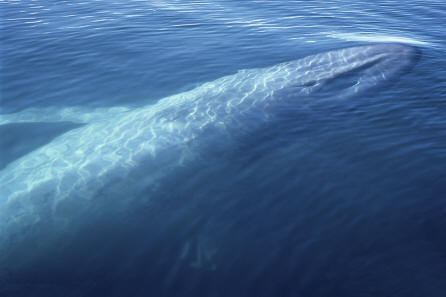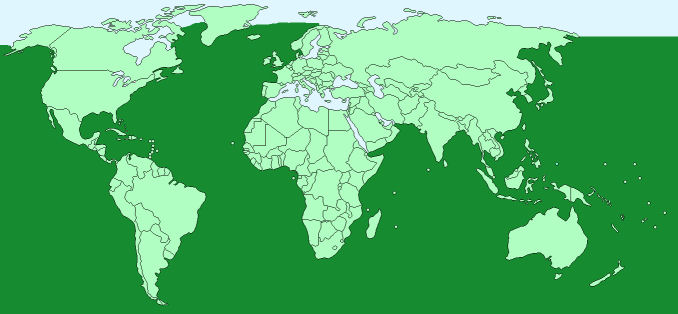Blue Whale

Scientific Name – Balaenoptera musculus
Classification – Cetaceans
Gender Names – Male – bull; Female – cowl; baby – calf
Collective Noun – Pod, School, Herd
Average Length – 25 – 30 metres (80 – 100ft)
Average Weight – 110 – 135 tonnes (120 – 150 tons)
Top Speed – 50 kmh (30mph)
Life Expectancy – 80 – 90 years
Mating Season – Autumn and winter
Pregnancy – 10 – 12 months
Special Features – The blue whale is the largest animal on earth. Their throats are pleated to allow filtering of water for food. They have a loud call and can be heard by other whales hundreds of miles away.
Family Unit – Adult whales live alone or in pairs
 Geographical Distribution – All oceans of the world
Geographical Distribution – All oceans of the world
World Population – Not known, estimated 5,000 – 15,000
Conservation Status – endangered
Natural Habitat – all oceans of the world
Diet – krill
Predators – man (until 1966 when protected species)
Harvard Reference for this page:
Heather Y Wheeler. (2015). Blue Whale. Available: https://www.naturalhistoryonthenet.com/Mammals/blue_whale.htm. Last accessed Monday, July 18, 2016
Mammals Pages
Features Classification Mammals A – Z
